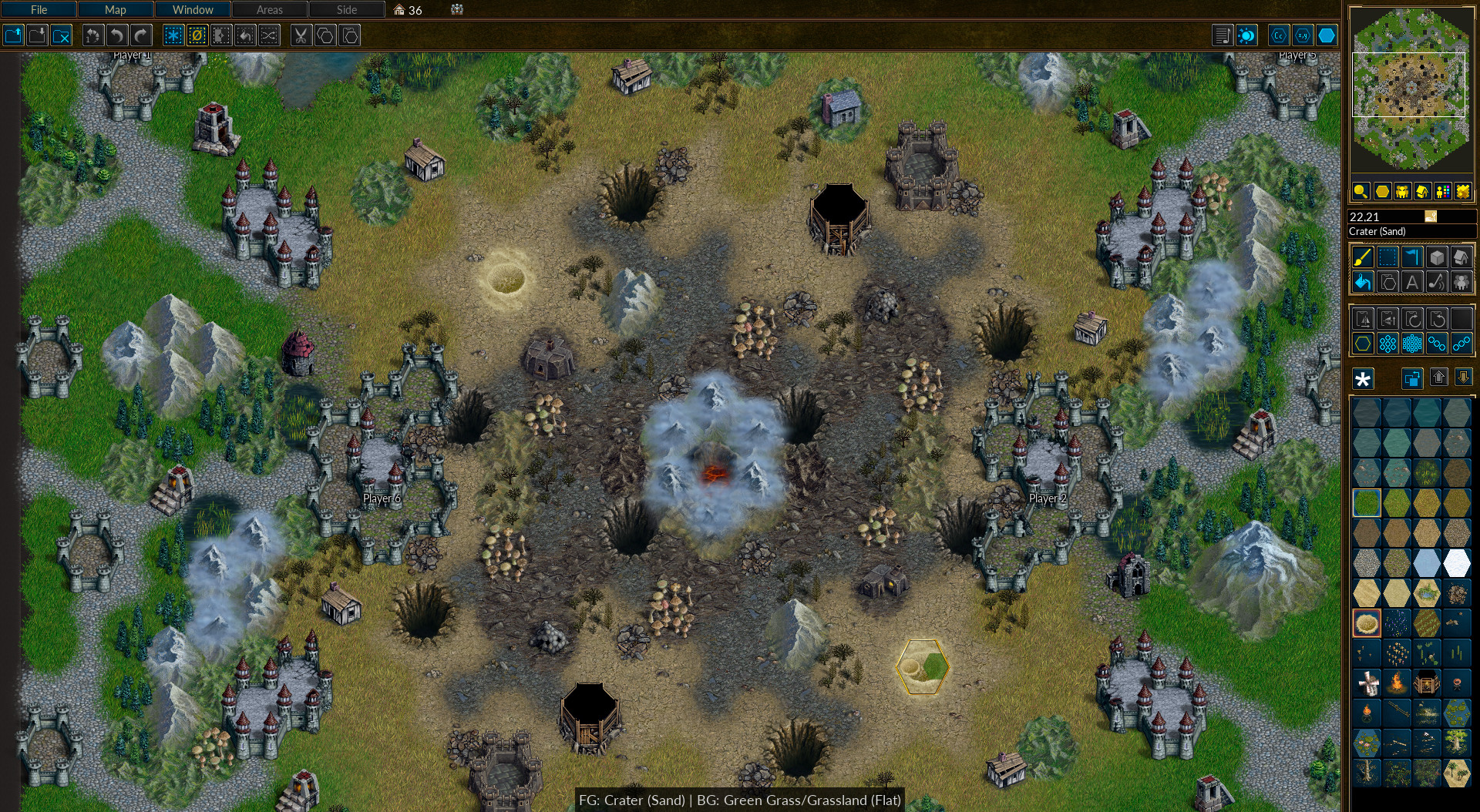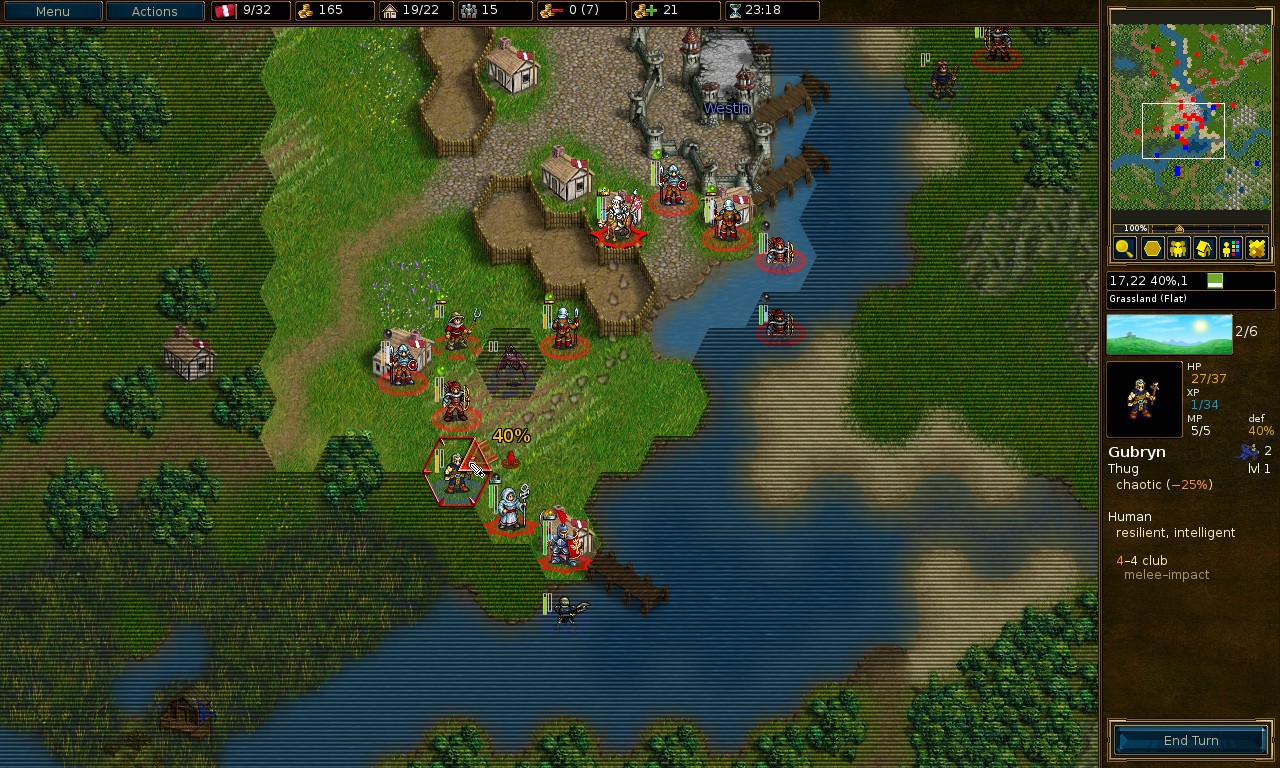

- #Strategy battle for wesnoth how to
- #Strategy battle for wesnoth full
The operational (numbers) and tactical (sorceress or sharpshooter) demands of scenario 2 became strategic goals for scenario 1, and led to the development and refinement of a quite detailed operational plan. In order to fulfill that goal, an operational plan for Blackwater Port is devised (delaying/avoiding effort with mainly fighters around Konrad in the northeast, and a strike group centered around Delfador and preferably an elvish sharpshooter or sorceress, that perform a flanking movement).

#Strategy battle for wesnoth full
Oaq's full map strategy in HttT is a great example of how strategic, operational, and tactical thinking interrelate and influence each other.Ī strategic goal is decided, ie to gain Simyr in scenario 2 by reaching a specific victory condition. How strategy shape operations, and operations shape tactics It is still an operational decision to place units in said area. However, just because an area is suitable for a skirmishing action, does not mean that the decision to use that area for such an action is a tactical decision. Tactics influence operations by identifying areas of advantageous terrain, identifying choke points, or identifying good places for offensive, defensive, and skirmishing/delaying actions. Tactics, operations, and strategy are all rather broad categories, and often interrelate, influence, and shape each other in both directions. Poor strategical decisions lead to failing the entire campaign, since a scenario becomes unwinnable due to lack of critical resources. Poor operational decisions lead to the loss of the scenario. Poor tactical decisions lead to the loss of units.
#Strategy battle for wesnoth how to
Put somewhat simplified, tactics is how to play the current turn, operations is how to play the current scenario, and strategy is how to play the next scenario.
XP, gold, or other focus for a given scenario. Deciding which scenarios to play (eg Isle of the Damned or Muff Malal's Peninsula). Typical examples of strategic decisions are: Strategy is the highest level, and looks beyond the current scenario and into the next one or ones. One can of course make several of those decisions on a purely tactical basis, but then one is really only playing reactively or opportunistically, and will lack a proper plan for the scenario other than to fight the enemy. Deciding on the battle tempo (ie when to force, invite, or avoid combat). Typical examples of operational decisions are: It concerns itself with the movement of groups of units, where to place the primary and secondary efforts, the tempo of the battle, front switching, and so on. Operations might be a new concept to some, but it has been discussed (sometimes under the name Grand Tactics) since the 19th century. Deciding on attack order and which hexes to use. Setting up and performing a counter-attack. Typical examples of tactical decisions are: The timeframe for tactical decisions usually is the current turn and the next. It concerns itself with the movement of individual units, order and choice of attacks, and so on. Tactics is the lowest level of command decisions. I am mostly focusing on SP play in campaigns here. It divides the decisions one makes while playing Wesnoth into three levels: tactical, operational, and strategic, instead of the usual two (tactics and strategy) that I guess most of you are familiar with.Īnother consideration of this system is if it helps to analyse the character of different scenarios. It's not so much a set of tactical or strategical advice, but an attempt to place such advice in context. This is an attempt to bring in some pieces of a theoretical framework for discussing how to play and get better at Wesnoth, based on military theory.






 0 kommentar(er)
0 kommentar(er)
